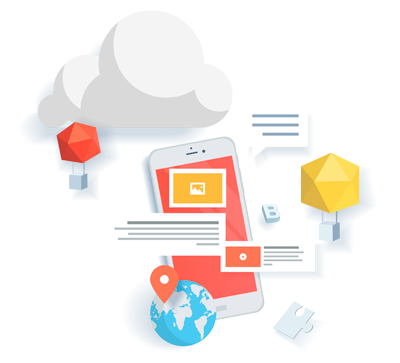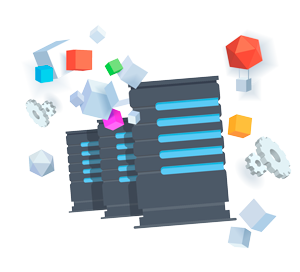Cloud computing is forecasted to reach up to 302 billion USD in revenues by the year 2021. Find out more about cloud computing and its three service models.
Companies are experiencing an unprecedented burden on their IT infrastructure as they struggle to meet growing customer expectations for fast, reliable, and secure services. As they try to increase the processing power and storage capabilities of their IT systems, often these companies find that the development and maintenance of a robust, scalable, and secure IT infrastructure is prohibitively expensive.
Luckily, there is another option; instead of acquiring extra hardware, your company can embrace cloud computing. Cloud computing is a rapidly-growing industry which allows companies to move beyond on-premise IT infrastructure and, instead, rely on internet-based services. Cloud-based providers often offer services such as software, storage, and processing at affordable prices. In fact, your company can save up to 30% by implementing a cloud-based solution.(1)
Cloud computing is offered in three different service models which each satisfy a unique set of business requirements. These three models are known as Software as a Service (SaaS), Platform as a Service (PaaS), and Infrastructure as a Service (IaaS).
SaaS
 Software as a Service offers applications that are accessed over the web and are not managed by your company, but by the software provider. This relieves your organization from the constant pressure of software maintenance, infrastructure management, network security, data availability, and all the other operational issues involved with keeping applications up and running. SaaS billing is typically based on factors such as number of users, usage time, amount of data stored, and number of transactions processed. This service model has the largest market share in cloud computing; according to Gartner, its sales will reach 117 billion USD by the year 2021(2). Current applications for SaaS include Field Service solutions, system monitoring solutions, schedulers and more.
Software as a Service offers applications that are accessed over the web and are not managed by your company, but by the software provider. This relieves your organization from the constant pressure of software maintenance, infrastructure management, network security, data availability, and all the other operational issues involved with keeping applications up and running. SaaS billing is typically based on factors such as number of users, usage time, amount of data stored, and number of transactions processed. This service model has the largest market share in cloud computing; according to Gartner, its sales will reach 117 billion USD by the year 2021(2). Current applications for SaaS include Field Service solutions, system monitoring solutions, schedulers and more.
PaaS
 Platform as a Service is halfway between Infrastructure as a Service (IaaS) and Software as a Service (SaaS). It offers access to a cloud-based environment in which users can build and deliver applications without the need of installing and working with IDEs (Integrated Development Environments, which are often very expensive. Additionally, users can often customize the features they want included with their subscription. According to Gartner, PaaS has the smallest market share of the three service models, with a projected revenue of 27 billion USD by the year 2021[2]. In today’s market, PaaS providers offer applications such as Microsoft Azure (also IaaS), Google App Engine, and Apache Stratos.
Platform as a Service is halfway between Infrastructure as a Service (IaaS) and Software as a Service (SaaS). It offers access to a cloud-based environment in which users can build and deliver applications without the need of installing and working with IDEs (Integrated Development Environments, which are often very expensive. Additionally, users can often customize the features they want included with their subscription. According to Gartner, PaaS has the smallest market share of the three service models, with a projected revenue of 27 billion USD by the year 2021[2]. In today’s market, PaaS providers offer applications such as Microsoft Azure (also IaaS), Google App Engine, and Apache Stratos.
IaaS
 Infrastructure as a service offers a standardized way of acquiring computing capabilities on demand and over the web. Such resources include storage facilities, networks, processing power, and virtual private servers. These are charged under a “pay as you go” model where you are billed by factors such as how much storage you use or the amount of processing power you consume over a certain timespan. In this service model, customers do not need to manage infrastructure, it is up to the provider to guarantee the contracted amount of resources and availability. According to Gartner, this service model is forecasted to grow by 35.9% in 2018[2]. IaaS services offered today, include Google Cloud Platform and Amazon EC2.
Infrastructure as a service offers a standardized way of acquiring computing capabilities on demand and over the web. Such resources include storage facilities, networks, processing power, and virtual private servers. These are charged under a “pay as you go” model where you are billed by factors such as how much storage you use or the amount of processing power you consume over a certain timespan. In this service model, customers do not need to manage infrastructure, it is up to the provider to guarantee the contracted amount of resources and availability. According to Gartner, this service model is forecasted to grow by 35.9% in 2018[2]. IaaS services offered today, include Google Cloud Platform and Amazon EC2.
Cloud computing has been around for quite some time now; however, it will continue to evolve as faster and more reliable networks offer increased benefits to service providers and consumers alike. With these advancements, there are growing opportunities to develop business models in an increasingly-connected economy.
Smartflex is the only holistic CIS solution that spans across the whole business lifecycle of Smart Utilities and runs on any service model and any cloud provider. It has a Customer Information System (CIS) at its core and has been extended with superior capabilities in four dimensions: on the metering side, with Meter Data Management (MDM) features; on the customer side with Customer relationship management (CRM) with digital customer engagement features such as self-service portal; on the field dimension with Mobile Workforce Management features; and, finally, with the Analytics dimension, all of them streamlined for mobility.







